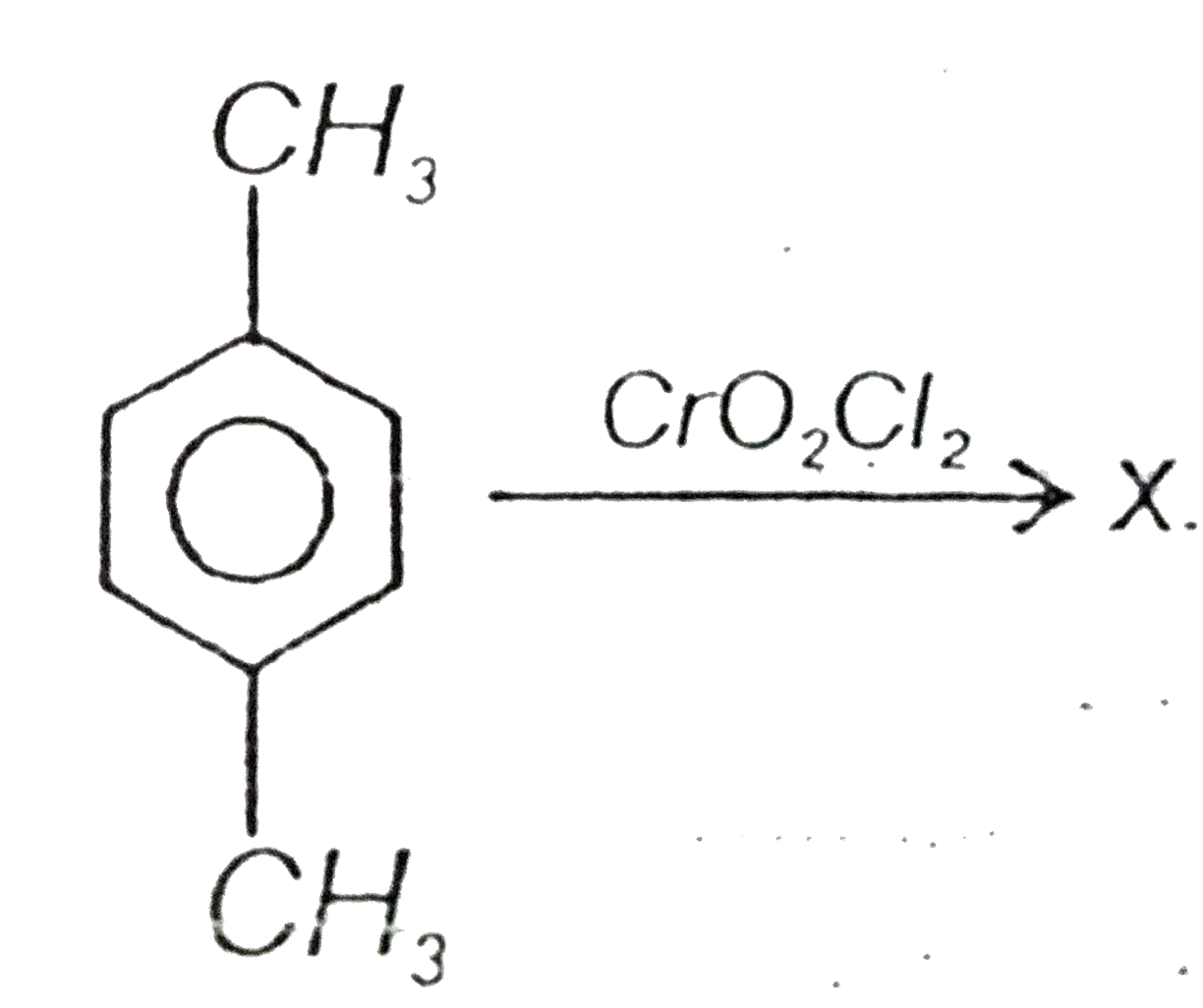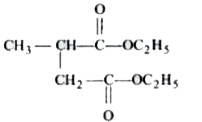Complete the following reactions:
PhCHO+CH3NO2ΘOH−−→Δ(A)
To complete the reaction of phenyl aldehyde (PhCHO) with nitromethane (CH₃NO₂) under basic conditions and heating, we can follow these steps:
1. Identify the Reactants: We have phenyl aldehyde (PhCHO) and nitromethane (CH₃NO₂). The aldehyde contains a carbonyl group (C=O) and a hydrogen atom attached to the carbonyl carbon.
2. Formation of the Enolate Ion: In the presence of a base, the hydrogen atom on the carbon adjacent to the nitro group in nitromethane can be abstracted. This results in the formation of a nitronate ion (CH₂NO₂⁻):
CH3NO2+Base→CH2NO−2+H2O
3. Nucleophilic Attack: The nitronate ion (CH₂NO₂⁻) acts as a nucleophile and attacks the electrophilic carbon of the carbonyl group in phenyl aldehyde (PhCHO). This forms a tetrahedral intermediate:
PhCHO+CH2NO−2→PhC(OH)(CH2NO2)
4. Elimination of Water: Upon heating, the tetrahedral intermediate can undergo dehydration (loss of water) to form an alkene. This results in the formation of the final product:
PhC(OH)(CH2NO2)Δ→PhC=CHNO2+H2O
5. Final Product: The final product (A) is thus:
PhC=CHNO2
Final Answer:
The product (A) is PhC=CHNO₂.
CH3NO2+Base→CH2NO−2+H2O
PhCHO+CH2NO−2→PhC(OH)(CH2NO2)
PhC(OH)(CH2NO2)Δ→PhC=CHNO2+H2O
PhC=CHNO2
The product (A) is PhC=CHNO₂.
Topper's Solved these Questions
- ALIPHATIC AND AROMATIC ALDEHYDES AND KETONESBOOK - CENGAGE CHEMISTRY ENGLISHCHAPTER - ALIPHATIC AND AROMATIC ALDEHYDES AND KETONESEXERCISE - Solved Examples
13 Videos
- ALIPHATIC AND AROMATIC ALDEHYDES AND KETONESBOOK - CENGAGE CHEMISTRY ENGLISHCHAPTER - ALIPHATIC AND AROMATIC ALDEHYDES AND KETONESEXERCISE - Exercises Subjective
52 Videos
- ALCOHOL,PHENOL AND ETHERSBOOK - CENGAGE CHEMISTRY ENGLISHCHAPTER - ALCOHOL,PHENOL AND ETHERSEXERCISE - Archives Analytical And Descriptive
15 Videos
- APPENDIX INORGANIC VOLUME 2BOOK - CENGAGE CHEMISTRY ENGLISHCHAPTER - APPENDIX INORGANIC VOLUME 2EXERCISE - Short Answer Type
179 Videos
Similar Questions
Complete the following reactions:
(i) CH3−CH3∣C∣Cl−CH2CH3alcKOH−−−−→ΔAO3−−−−−→Zn/H2O(B+C)
(ii) CH3ICH−CH3alcKCN−−−−→A(i)SnCl2/HCl−−−−−−−−−−−−→(ii)H2O.OH.H2O2B
(iii) HCNHCl/AlCl3−−−−−−→A(i)C6H6Δ−−−−−−−−−−→(ii)(H2O)/H−B
(iv)
View SolutionComplete the following reactions
CH3CH=CH2mCPBA−−−−→AC2H5MgBr−−−−−−→H3O+B
View Solution
Knowledge Check
Find the product of following reaction
2CH3CH2−O∣∣C−OC2H5C2H5ϴO−−−−−−→H⊕3O(X)
X will beACH3−CH2−O∣∣C−CH∣CH3−O∣∣C−OC2H5BCH3−CH2−O∣∣C−CH∣∣CH3−O∣∣C−OC2H5C2CH3CH2−O∣∣C−OHD
Complete the following reactions :
CH3COONa+NaOHCaO−−→Δ...............+.................
View SolutionComplete the following reactions:
(A)Glyoxal1.NaOH−−−−−→2.H3O⊕(B)
View SolutionComplete the following reactions :
(a) Ph−CH2−CH2−OHCu/Δ−−−→, (b) Ph−CH∣OH−CH3Cu/Δ−−−→, (c) Ph−CH3∣C∣CH3−OHCu/Δ−−−→
View SolutionComplete the following reaction sequence :
CH3−O∣∣C−CH3(i)CH3MgBr−−−−−−−−→(ii)H2O(A)Na metal−−−−→ether(B)CH3−Br−−−−−→(C)
View SolutionComplete the following reaction sequence :
CH3−O∣∣C−CH3(i)CH3MgBr−−−−−−−−→(ii)H2O(A)Na metal−−−−→ether(B)CH3−Br−−−−−→(C)
View SolutionComplete the following reaction CH3−C∣CH3=CH−CH3H2,Ni−−−→?
View SolutionComplete the following reactions:
a.H2(g)+MmOo(s)Δ−−→
b. CO(g)+H2(g)Δ−−−−→catalyst
c. C3H8(g)+3H2O(g)Δ−−−−→catalyst
d. Zn(s)+NaOH(aq)Heat−−→
View Solution
